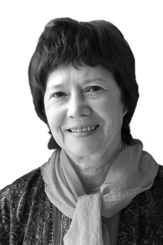Curious Questions: How did Notting Hill go from a rural hamlet to slum to London’s priciest suburb?
Notting Hill is full of house which, while very pleasant, boast astronomical price tags, even by London standards – you can pay well over £10 million even for a decent semi-detached place. How did it come to be this way? Penny Churchill explains.
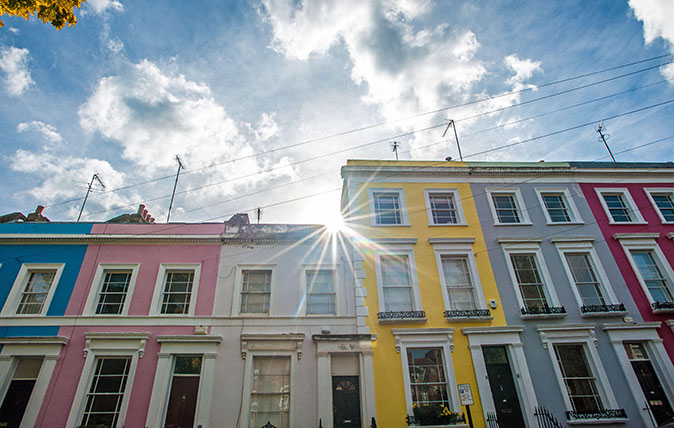

Notting Hill was a rural hamlet in the county of Middlesex until the westward expansion of London reached Bayswater in the early 19th century. At that time, the Ladbroke family was Notting Hill’s main landowner and, from the 1820s to the 1840s, James Weller Ladbroke, working with the architect and surveyor Thomas Allason, began to lay out streets and houses, with a view to turning the area into a fashionable London suburb.
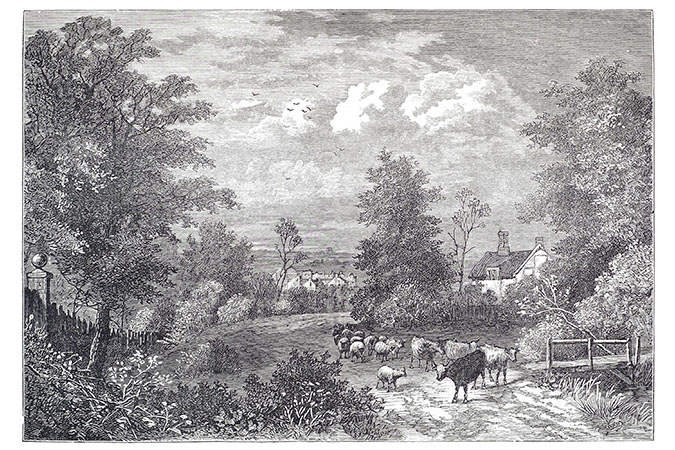
Allason’s masterplan envisaged the creation of large private communal gardens, originally known as ‘pleasure grounds’ or ‘paddocks’, enclosed by terraces or crescents of houses. Instead of houses being set around a garden square, his houses would have direct rear access to a secluded communal garden, which people on the street couldn’t access and, generally, couldn’t see.
Today, these communal gardens are a major element of Notting Hill’s attraction for some of London’s wealthiest homeowners.
In 1837, the Kensington Hippodrome racecourse was laid out around the hill from which the area takes its name, but the venture proved to be short-lived and development resumed after the last race in 1842, with arc-shaped roads such as Blenheim, Elgin, Stanley and Lansdowne Crescents built on the circular racecourse tracks.
Although the Notting Hill houses were large, they didn’t immediately appeal to the very richest Londoners, who preferred to live closer to the heart of the capital, in Mayfair or Belgravia. Instead, they were favoured by the upper-middle classes, who found they could live there in style at much lower prices.

In the early to mid 20th century, the market for large houses in Notting Hill more or less disappeared, as middle-class households ceased to employ servants. Parts of the area were badly damaged during the Blitz and, by the 1950s and 1960s, many fine houses had been split up and degraded into cheap, rundown lodgings, in which immigrant tenants were routinely exploited by unscrupulous landlords.
Eventually, the worst of the slums were cleared away during the redevelopment of the 1960s and 1970s, which saw the building of the Westway flyover, and, by the 1980s, the gentrification of west London saw the return to favour of Notting Hill’s large houses, stylish architecture and open spaces among families who could afford to buy, repair and maintain them.
Exquisite houses, the beauty of Nature, and how to get the most from your life, straight to your inbox.
That gentle upwards curve of prices turned nearly-vertical in the wake of the 1999 film Notting Hill, starring Hugh Grant and Julia Roberts, which painted the area as a place at once cool and warm, homely and sophisticated. An analysis by Savills shows that prices in the area went up by 66% in the five years from 2000 – double the growth rate elsewhere in London. Such is the effect of a Welshman in a pair of grey underpants.
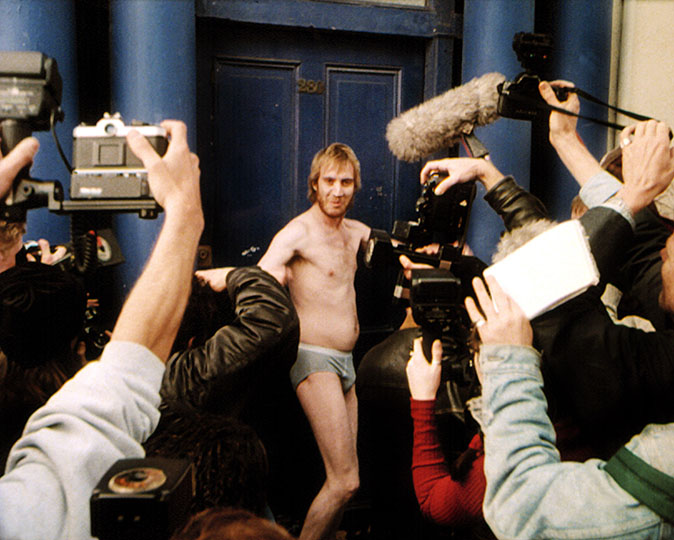
Part of the issue is one of supply – not the scarcity of housing (this is, after all, a suburb at heart), but the scarcity of residents wishing to move on. Anyone lucky enough to own a home in Notting Hill rarely wants to leave, says Miles Meacock of Strutt & Parker, who maintains that ‘families who buy in the best roads in Notting Hill are likely to stay for anything from 20 to 40 years, compared with more transient buyers in Belgravia and Mayfair, who probably move, on average, every three to seven years’.
And that brings us up to where we are now: mix great houses, gardens, location and community with a scarcity of stock, then sit back and watch the prices soar. A couple of generations ago, mothers of middle-class children were horrified to hear that their offspring were moving to Notting Hill; today, it’s firmly in London’s ‘super prime’ bracket.
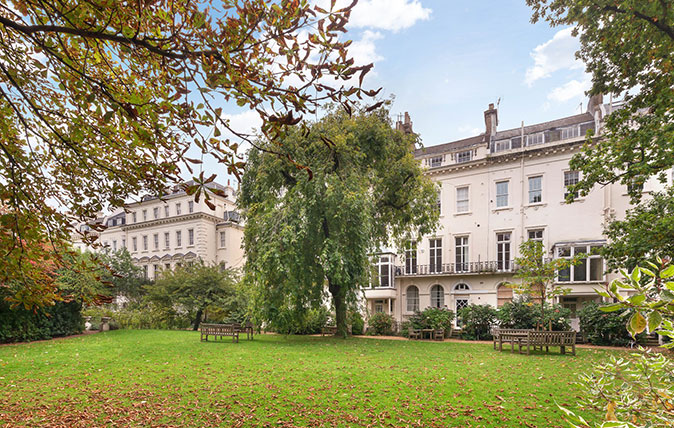
The real-life Peter Pan home – where Wendy and the boys lived – is up for sale
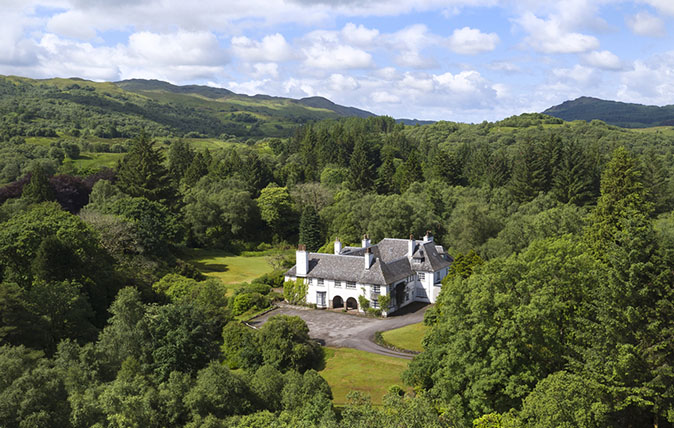
Credit: Knight Frank
An eight-bedroom mansion with 28 acres plus fishing rights, at the price of a small London flat
Whether it's sold in its entirety or in four lots, the Glen Lonan estate is as stunning as the Highlands
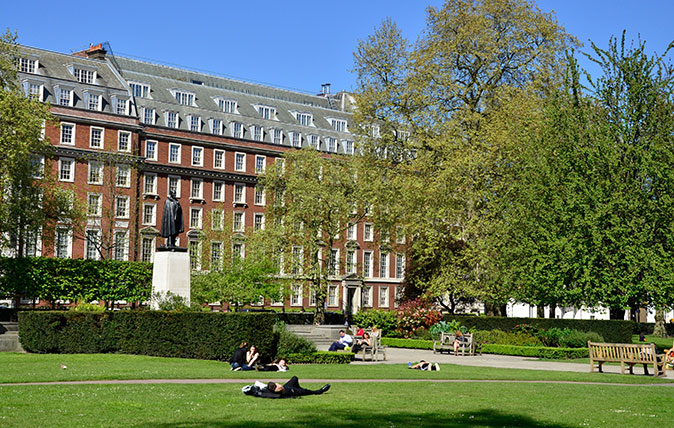
Credit: Grosvenor Square (Pic: Alamy)

